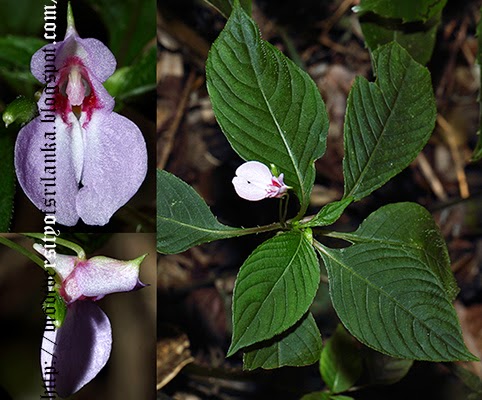"So far it has only appeared in one valley in the Nitre Cave, surrounded by 6000 feet hills, except towards the north-west and east, where it faces the Bintenna country. The butterflies are found from 2000 to 4000 feet. Principal appearance, May-June. A few at end of the year." - (Mackwood to Ormiston in Ormiston W., 1924)
"I owe my specimens to Mr. MAckwood's generosity. He tells me that it was fairly plentiful at Nitre Cave in May and June, 1918" (Ormiston W., 1924)
"A very local butterfly which can be taken from 2 to 4 thousand feet for most months of the year, but in numbers, from March to May, below Corbet's Gap (near Madugoda), surrounded by 6000 feet hills. It has also been taken, but very rarely, in the Ratnapura District." - (Woodhouse L.G.O., 1950)
"It is by no means common, occurring at elevations of between 1800 and 4500 feet, .......In the four years I spent observing and collecting butterflies in this country, I can only ever remember seeing this butterfly on two occasions; both times in the hills around Kandy, and both times it was travelling very fast, and stopping just long enough to be recognized." (d' Abrera Bernard, 1998)
Small Leopard is a forest dwelling, critically endangered butterfly with local distribution. It appears from March to June months of the year in the hills, primarily in the Knuckles range. Above photograph was also taken in Knuckles range, on the road to Meemure village from Corbet's Gap, near Karambakatiya oya on 17th August 2014. Its only known larval host plant is Rinorea decora.
References:
"I owe my specimens to Mr. MAckwood's generosity. He tells me that it was fairly plentiful at Nitre Cave in May and June, 1918" (Ormiston W., 1924)
"A very local butterfly which can be taken from 2 to 4 thousand feet for most months of the year, but in numbers, from March to May, below Corbet's Gap (near Madugoda), surrounded by 6000 feet hills. It has also been taken, but very rarely, in the Ratnapura District." - (Woodhouse L.G.O., 1950)
"It is by no means common, occurring at elevations of between 1800 and 4500 feet, .......In the four years I spent observing and collecting butterflies in this country, I can only ever remember seeing this butterfly on two occasions; both times in the hills around Kandy, and both times it was travelling very fast, and stopping just long enough to be recognized." (d' Abrera Bernard, 1998)
Small Leopard is a forest dwelling, critically endangered butterfly with local distribution. It appears from March to June months of the year in the hills, primarily in the Knuckles range. Above photograph was also taken in Knuckles range, on the road to Meemure village from Corbet's Gap, near Karambakatiya oya on 17th August 2014. Its only known larval host plant is Rinorea decora.
References:
d' Abrera Bernard, 1998 The Butterflies of Ceylon Colombo.
Ormiston W., 1924 The Butterflies of Ceylon, H.W.Cave & Co., Colombo Delhi
Woodhouse L.G.O., 1950 The Butterfly Fauna of Ceylon Ceylon Colombo












